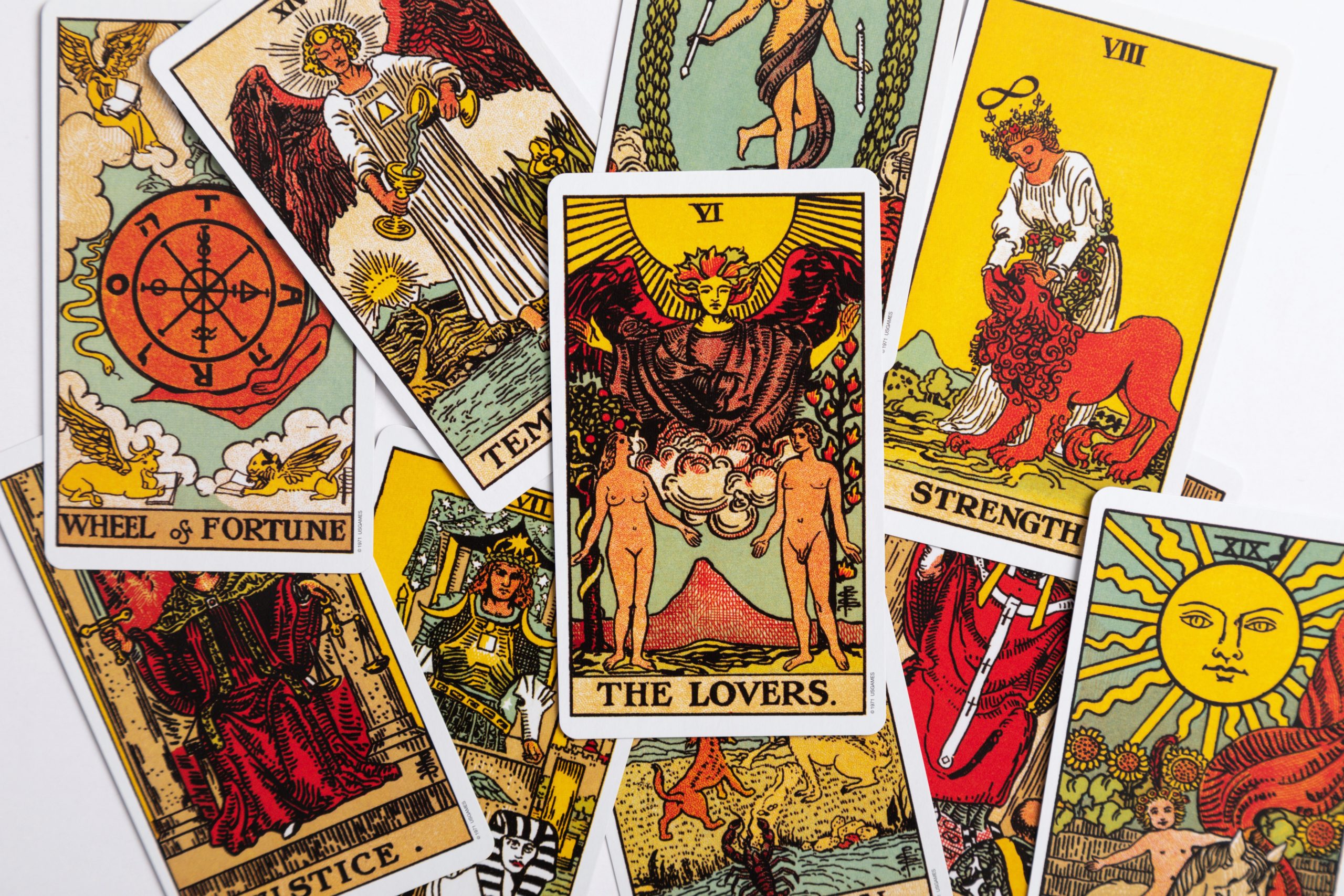What is Reiki and Chakra Balancing?
Have you ever felt overwhelmed, stressed, or imbalanced in your life? If so, you may have considered alternative healing methods to restore harmony and promote well-being. Reiki and chakra balancing are two popular techniques that have gained significant attention in recent years. In this article, we will explore the origins, principles, and benefits of these practices.
The Origins of Reiki
Reiki is a Japanese healing technique that was developed in the early 20th century by Mikao Usui. The word “Reiki” translates to “universal life energy” or “spiritual energy.” Usui believed that this energy flows through all living beings and can be accessed and channeled to promote healing and balance.
Reiki is based on the belief that there is a life force energy that surrounds and permeates every living thing. When this energy becomes blocked or imbalanced, it can manifest as physical, emotional, or spiritual distress. Reiki practitioners use gentle touch or non-touch techniques to restore the flow of this energy and bring about holistic healing.
The Principles of Reiki
Reiki is guided by five principles known as the Five Reiki Principles or the Five Reiki Precepts. These principles serve as a code of conduct for both practitioners and recipients of Reiki. They are as follows:
- Just for today, I will not be angry.
- Just for today, I will not worry.
- Just for today, I will be grateful.
- Just for today, I will do my work honestly.
- Just for today, I will be kind to every living thing.
These principles emphasize the importance of mindfulness, gratitude, and compassion. By practicing these principles, Reiki practitioners aim to align themselves with the universal life energy and promote healing and balance in themselves and others.
The Practice of Reiki
During a Reiki session, the practitioner acts as a channel for the universal life energy, allowing it to flow through them and into the recipient. The recipient lies fully clothed on a massage table or sits in a chair, while the practitioner places their hands lightly on or near the recipient’s body.
Reiki is a non-invasive practice and does not involve manipulation of muscles or tissues. Instead, it focuses on the subtle energy field surrounding the body. The practitioner may move their hands systematically through specific locations known as chakras or intuitive areas that require attention.
Reiki sessions typically last for an hour or more, during which the recipient experiences deep relaxation. Many people report feeling warmth, tingling sensations, or a gentle flow of energy during the session. Some even fall into a meditative or sleep-like state.
Understanding Chakras
Central to Reiki practice is the concept of chakras, which are energy centers located along the spine. Chakras are believed to be the gateways through which life force energy flows into the physical body. When these chakras are imbalanced or blocked, it can result in various physical, emotional, and spiritual ailments.
| Chakra | Location | Associated Qualities |
|---|---|---|
| Root/Base | Base of the spine | Security, stability, grounding |
| Sacral | Lower abdomen | Creativity, sexuality, emotions |
| Solar Plexus | Upper abdomen | Personal power, self-esteem |
| Heart | Center of the chest | Love, compassion, harmony |
| Throat | Base of the throat | Communication, self-expression |
| Third Eye/Brow | Center of the forehead | Intuition, insight, spiritual awareness |
| Crown | Top of the head | Spirituality, connection to higher self/universe |
Chakra balancing aims to restore harmony and free flow of energy through these energy centers. The practitioner focuses on each chakra individually, using Reiki, crystals, sound therapy, or other techniques to remove blockages and realign the energy.
The Benefits of Reiki and Chakra Balancing
Reiki and chakra balancing offer a wide range of benefits for individuals seeking physical, emotional, and spiritual well-being. Some of the potential benefits include:
- Promotes deep relaxation and stress reduction
- Supports the body’s natural healing processes
- Relieves pain and discomfort
- Enhances emotional well-being
- Improves sleep quality and patterns
- Boosts energy levels and vitality
- Facilitates spiritual growth and self-awareness
- Heightens intuition and inner guidance
It is important to note that Reiki and chakra balancing are complementary healing practices and should not replace medical or psychological treatments. They can be used in conjunction with traditional medicine to support overall well-being.
Conclusion
Reiki and chakra balancing are ancient practices that promote holistic healing and balance in individuals. By accessing and channeling universal life energy, practitioners aim to remove blockages, restore harmony, and support overall well-being. Whether you seek physical, emotional, or spiritual healing, these practices offer a gentle and non-invasive approach that can complement traditional medicine. Consider exploring Reiki and chakra balancing to discover the potential benefits for yourself.
Table of Contents
